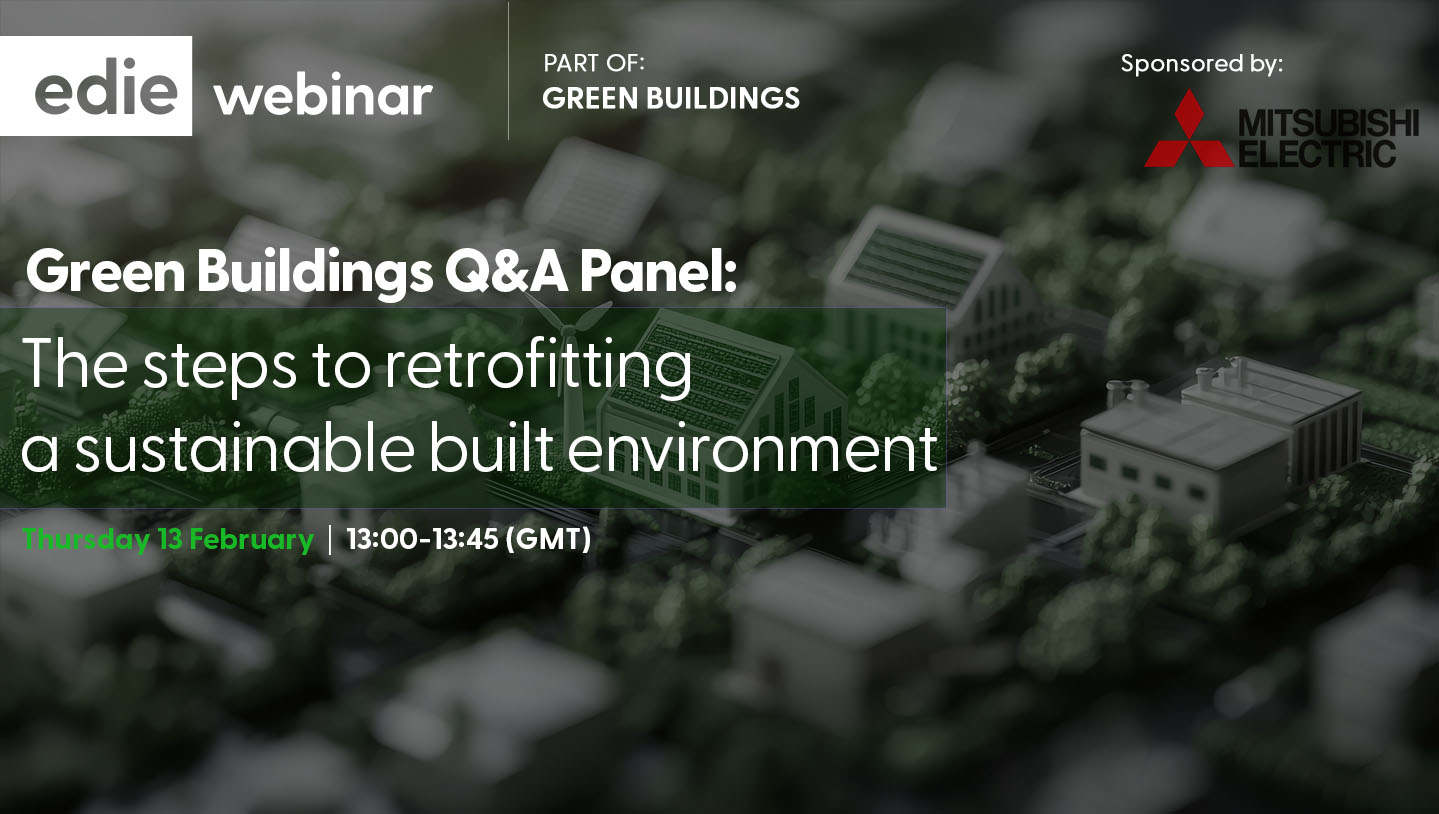
edie Green Buildings webinar sessions
Net-Zero 10 months ago

layersDaily Sustainability Digest
Published about 8 hours ago
The strained close of COP30 in Belém exposed the deepening divide between climate ambition and tangible action within the built environment. The absence of any commitment to phase out fossil fuels and the lack of finance for developing economies revealed the fragility of current net zero carbon strategies. For the construction industry, this underlines the urgency of embedding whole life carbon assessment within policy and project delivery. The debate on equitable transition is now inseparable from the carbon footprint of construction, particularly as global supply chains struggle to manage embodied carbon in materials and embedded emissions.
Show MorearticleFeatured News

Soil Is Bigger Carbon Sink Than Previously Thought: Report
2 hours ago

UK MPs Urge Starmer to Back Global Forest Initiative
10 hours ago

Innovative global shipping decarbonisation fund raises $35m
10 hours ago

CPD Bodies – Driving forward with precision
10 hours ago

COP30: Global fossil fuel transition summit announced for 2026, as climate talks edge into overtime
10 hours ago

COP30 Week 2: Recap
11 hours ago
play_circleFeatured Videos

AI’s Secret Impact on Your Power Bill
4 days ago

Why should retailers embrace the circular economy? | Conversations from Climate Week New York
4 days ago

Heat Pump Installs
8 days ago

Bitcoin Energy Consumption explained: Mining that Powers Renewable Grids
8 days ago

Introduction to Retrofit
9 days ago

RICS Harris Debate 2025: Ethical surveying during a housing crisis
10 days ago
podcastsFeatured Podcasts

Fashioning the Future
14 hours ago

Giuli Ann Schacht on Designing Green, Living Biophilic & Building Community
3 days ago

Why should retailers embrace the circular economy? | Conversations from Climate Week New York
4 days ago

Building Occupants’ Role in Security: ICYMI
4 days ago

COP30: A New Hope?
8 days ago

De-Risking Climate Tech: Inside the Massachusetts Clean Energy Center with Galen Nelson
10 days ago
Get your opinion heard:
Whole Life Carbon is a platform for the entire construction industry—both in the UK and internationally. We track the latest publications, debates, and events related to whole life guidance and sustainability. If you have any enquiries or opinions to share, please do get in touch.
WLC Assistant
Ask me about sustainability











